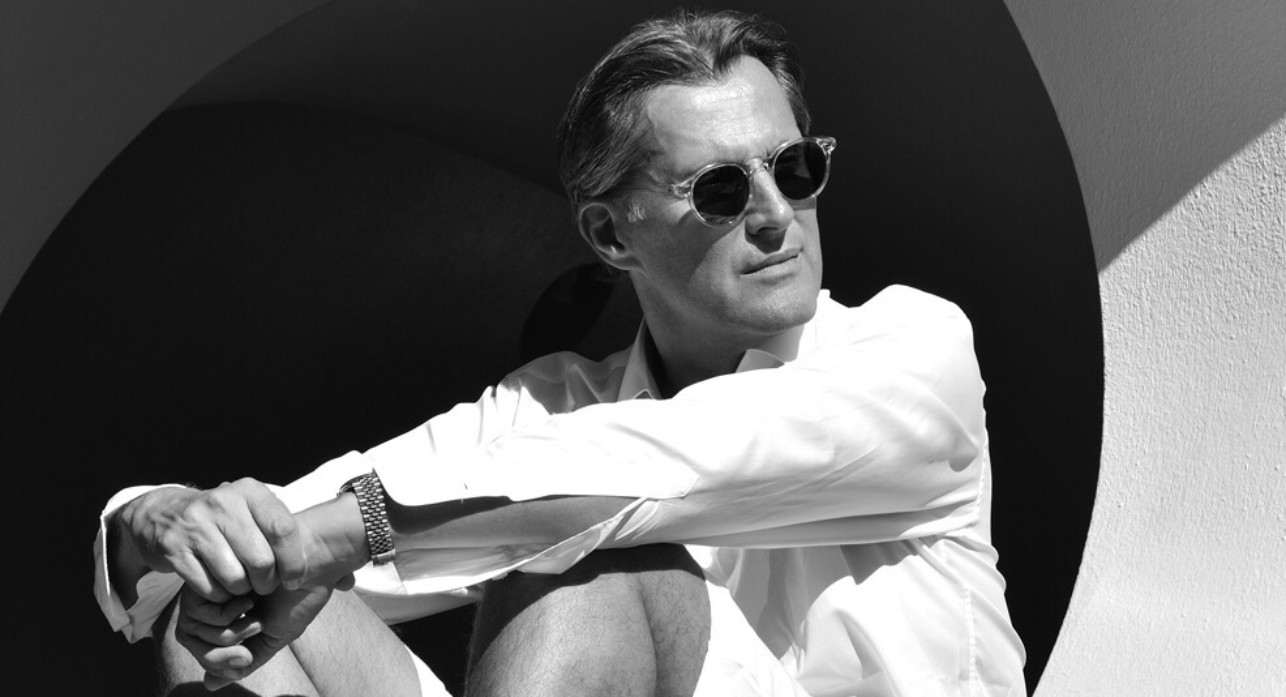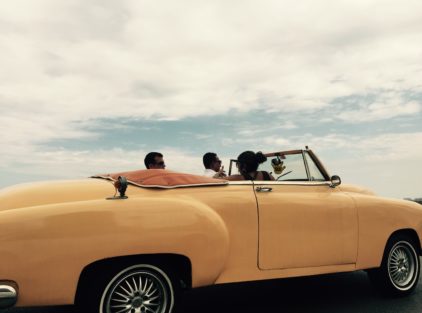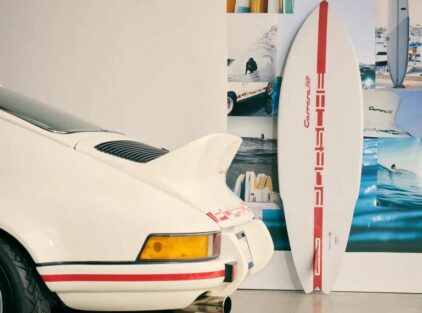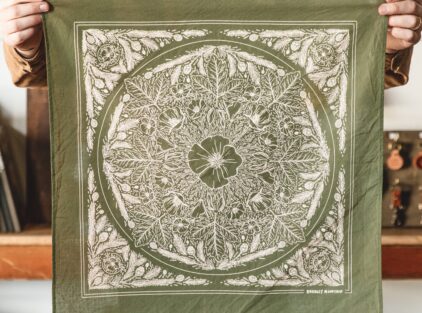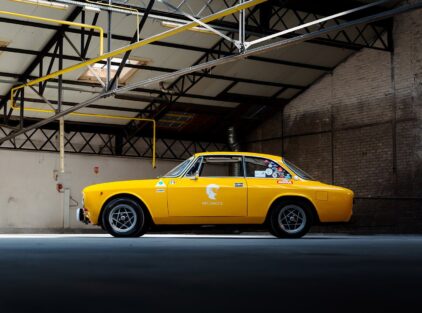By Giorgos Archimandritis
On the occasion of the publication of the luxurious volume “The Eternal Capri” (Gourcuff-Gradenigo Publications), the author of the book, Jean-Pascal Hesse, communications director of the Pierre Cardin Group and newly elected councillor in the eighth arrondissement of Paris, talks to us about the mythical island and reveals its secrets.
How was your love for Capri born?
I went to Capri for the first time thanks to Pierre Carden. From the beginning of our collaboration in the 90s, he kept talking to me about this island where he had first visited one summer with Luquin Visconti in the early 60s. When they arrived there, they even met Jackie Kennedy and her sister, Lee Rajiville, and spent their holidays together. Can you imagine? This is a dream movie script! So, as she was talking so enthusiastically about Capri at that time, in July 1996, I decided to visit it myself and have been going every summer since.
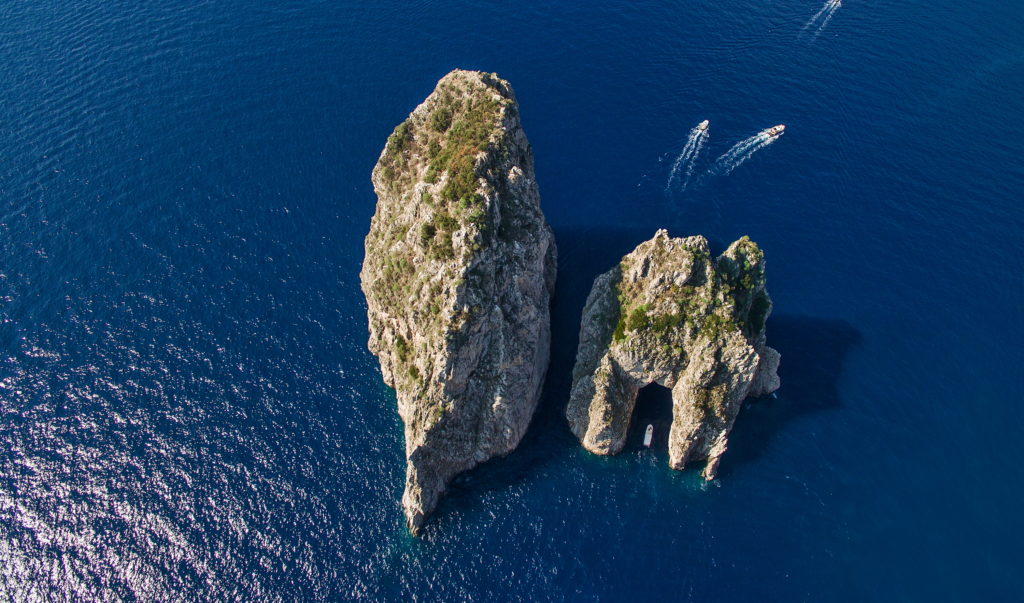
The Faraglioni Islands off the coast of Capri.
What attracted you to Capri?
First of all, its beauty that has remained intact despite the crowds of tourists, its wonderful sea, its enchanting light, the small white houses that are whitewashed with lime every summer. If you arrive on the island at night when it’s lit up, it’s like looking at a postcard. So first of all I was touched by the natural landscape. But slowly, as I’m a historian at heart, I became interested in its rich history, from the Emperor Tiberius who lived there in Villa Jovis, to the international jet set of the 1960s and Brigitte Bardot, who introduced my book. Indeed, the island has long been a host to cursed poets, writers and artists who were somehow on the margins of society.
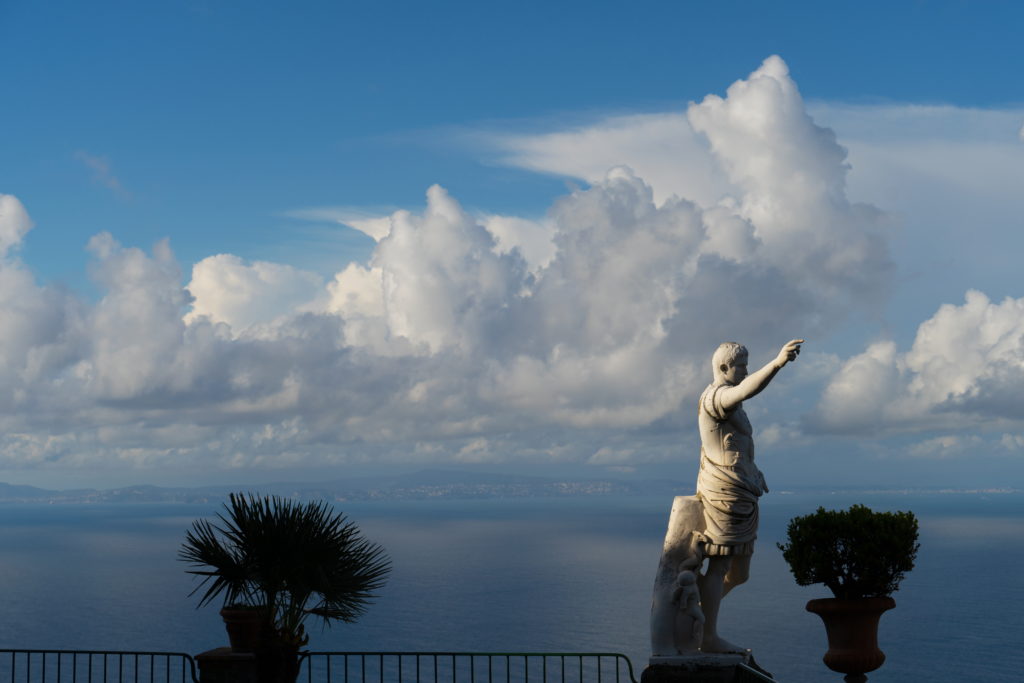
Statue of Julius Caesar addressing the Bay of Naples.
Such as?
Like the aristocratic French writer, Jacques d’Adelsvard-Fersin, a descendant of Fersin, who was the lover of Marie Antoinette, who after a long trial in Paris on moral grounds, was forced into exile in Capri at the beginning of the twentieth century. There he built Villa Lysis, one of the finest villas on the island, where he lived a destructive passion with a young Italian, Nino. He even died very young, putting an end to his life himself. The island was also adored by Oscar Wilde, Marguerite Joursenard, Curcio Malaparte, who owned the magnificent villa where Jean-Luc Godard filmed “Contempt” with Brigitte Bardot and Michel Piccoli, and Axel Mundt, a Swedish doctor who settled in Anacapri at the end of the nineteenth century – in his house one can still see the furniture of that era as if nothing has touched it since his death. All of them and many others, such as Maxim Gorky or Pablo Neruda, helped create Capri’s reputation, which, it must be said, is not an easy island. Capri has to be earned.
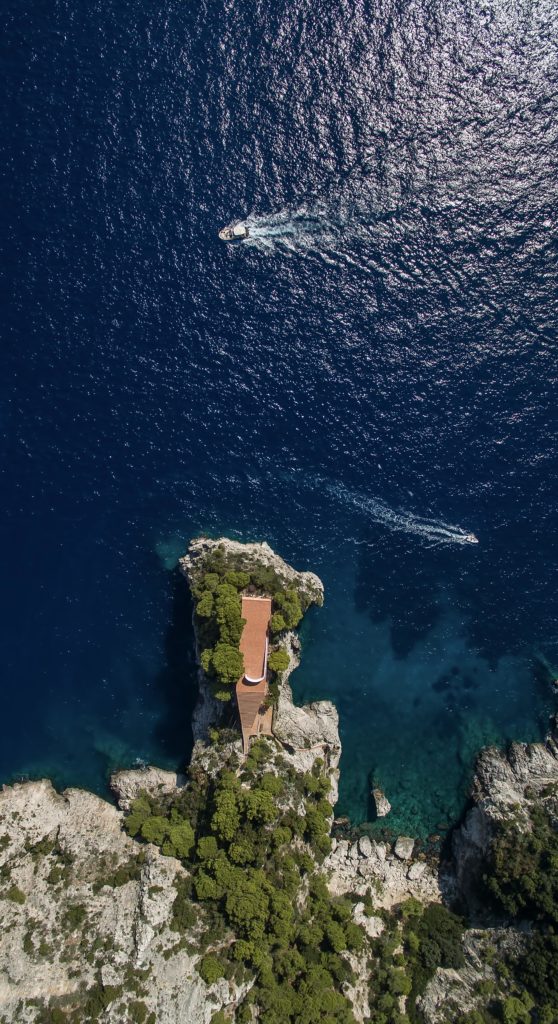
The Malaparte Villa.
What are for you the pleasures that the island offers?
When you are in Capri, you have the time to live. You get up at any time you want, you go for morning coffee at the Piazzetta, which many people call the “little theatre of the world” or the “living room” of Capri, because it’s where you meet, apart from tourists, the world’s most talked about celebrities. Then you walk down to Fontelina, the very wild but also very chic private beach opposite the Faraglioni cliffs. You stay there all day, enjoying the sea, the hot sun and the singing of the cicadas, and in the evening you walk – again on foot – up to town, take a shower and go to dinner in a small restaurant. In Capri, everything makes you feel good. The wonderful weather, the divine sea, the good food, the heat, the light, the fact that you meet the island’s lovers every summer. And then there are its amazing smells. When you arrive in Capri, at Marina Grande, and go up into town, on the main street there is a very famous pastry shop where they make ice cream and a kind of goffer from which the whole of Capri smells. I forget everything when I’m there. I let myself get carried away by the carefree life of the island which marks the beginning of my summer holidays for me. Capri is my breath.
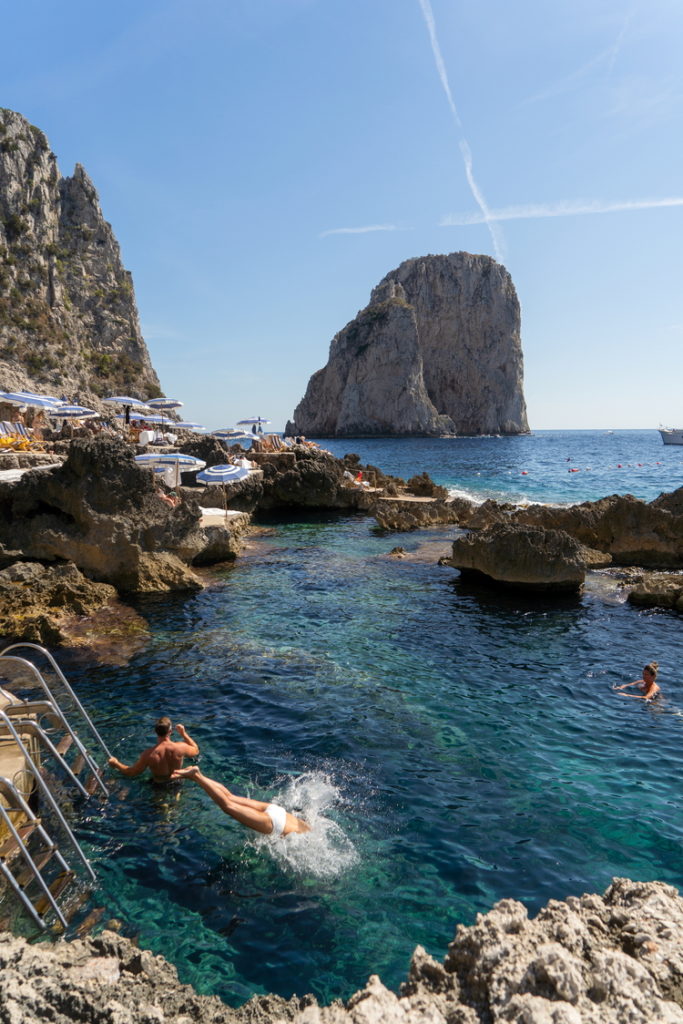
The private beach Fontelina.
How much has the island changed since the days of Jackie Kennedy, Gianni Agnelli, Onassis or Brigitte Bardot?
The amazing thing about Capri is that you can, if you want to, mix with the tourists, but you can also isolate yourself. After all, many of the tourists are just passing through. They come for a day to see the island and leave at night. I don’t stay in town during the day. I go, as I said, to the Piazzetta very early in the morning and go out again in the evening after the plaza, when many of the tourists have already left. The people who stay in Capri at night are very different. They are elegant people – including many Americans – who take the time to dress up for their evening out. Capri has an elitist side that needs to be protected, just as the natural landscape of the island with its magnificent houses, its fragrant pine trees, jasmine, orange and lemon trees has been protected. In Capri you can see everything, find everything, do everything. It’s a dream. And no matter how many more tourists there are today, Capri is and will always be Capri. A magical island blessed by the gods.
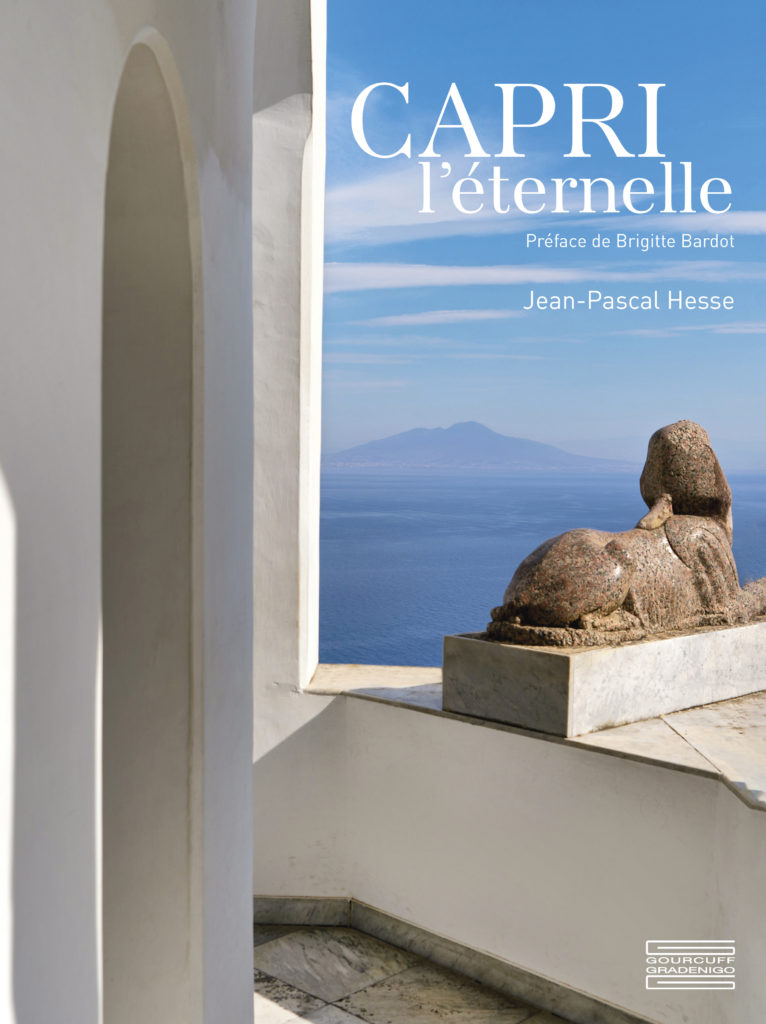
The book “Capri, l’éternelle” by Gourcuff Gradenigo.
Photo Credit: Umberto D’Aniello
